Editor's Note: Canvas relocated to 1 Wilbraham Place, London SW1X 9AE in early September 2014. In January 2015 it was announced that the head chef/owner had resigned in a dispute with investors. The restaurant now has a new chef, Ruben Aguilar Bel. The notes below are of historical interest only.
Canvas is chef/patron Michael Riemenschneider’s first London venture, opening in January 2014. Michael trained as a chef in his native Switzerland and then worked at some serious kitchens including those of Hotel de Ville, before a stint at Pierre Gagnaire. He bought Michelin-starred The Abbey in Penzance in January 2008 (this closed in 2009), and took over Juniper in Altrincham, which also closed in 2009. He opened Riemenschneider's at the Highwayman in Rainow near Macclesfield, in 2010, though this has since closed. He also briefly took over the Barcaldine House Hotel in Oban in 2011 before opening up in London.
Canvas is in the premises of the rather short-lived Verru restaurant, which found that London was not quite ready for Estonian cuisine. The new Canvas has an unusual format, in that diners create their own tasting menus from a selection of dishes, hence the restaurant name. At dinner the maximum of twenty diners are straddled across two sittings., though I came here at lunch. Since you have a choice of which and how many dishes you want, ranging from three courses to fifteen, this is actually a very flexible menu; the kitchen adjusts the portion size to match the number of courses. The dining room is in two sections, with bare brick walls and no tablecloths. Three to five courses were priced at £50, six courses at £65, seven courses at £70 and ten courses at £95. There was also a three course option at lunch for £30.
The wine list had over 175 labels, and was rather unusual in structure. The wines ranged in price from £39 to £950, so there was very little on offer at a modest price point, with just 17 wines under £60. 65% of the bottles were priced at over £100. The median price is £135, which is unusually high, even for smart restaurants in central London. The idea is apparently to ensure that guests enjoy good quality wines with their meal, rather than basic wines at high mark-ups. The list’s average mark-up is three times retail price, which is quite stiff (though not the worst in London by any means). The list was 75% French, so while there were plenty of grand Bordeaux and Burgundy wines, there was just a token wine from Germany, none at all from Spain and just one from New Zealand.
Iona Sauvignon Blanc 2012 was £44 for a wine that you can find in the high street for £11, Faultline Chardonnay 2010 from Kooyong was £95 for a wine that you can find in the shops for £37, and McDougall Ranch Pinot Noir 2010 from Kutch Wines was £130 for a wine that retails at £42. The mark-ups did not moderate as you move up the list either: Meursault Les Perrieres 2008 from Domaine Michelot was an absurd £220 for a wine that you can buy in a shop for £54, and Vieux-Château-Certan 2001 was £370 for a wine that will set you back £124 retail. Corkage was £45.
The menu began with an amuse-bouche of cured trout with goat curd and purple shiso (perilla). This was pleasant, the slight astringency of the shiso going well with the fish (14/20). Sourdough bread was made from scratch in the kitchen and had reasonably good texture (14/20). A Swiss bread soup with veal was enjoyable, with sprouts, artichokes and potatoes in an emulsion with egg and soup mixed together, though the overall effect was rather rich (14/20).
Scallops with juniper and cauliflower foam with cauliflower crisps had nicely cooked, good quality shellfish, though the cauliflower crisp had become a little soft, presumably due to its contact with the foam, though at least the potentially overwhelming juniper was not too strong a flavour in the form of a smear on the plate (14/20). Next was lobster tortellini with lobster, broccoli and broccoli foam. The tortellini had good texture, though the lobster itself was, while certainly not overcooked, heading in that direction; the broccoli foam had quite strong flavour of its main constituent. It is an unusual pairing of flavours, but worked reasonably well (14/20).
The cooking stepped up a gear with langoustine on a bed of pearl barley, asparagus and crustacean jus. The langoustine was excellent, sweet and lightly cooked, the baby asparagus tender, the barley adding a useful textural contrast (16/20).
Chicken broth involved a consommé with a few pieces of chicken and excellent crisp chicken skin, served with “gugelhupf”, a marble cake that is rather like a brioche, but in this case made with foie gras and raisins. This was a good dish, the soup having plenty of flavour and working well with the bread (15/20).
Pork came in the form of loin, belly and cheek, along with a little crackling, with apple, potatoes and a hint of mustard in the sauce. Each element of the pork was carefully cooked, with the pork belly in particular avoiding too much fattiness, and the apple provided useful balancing acidity (easily 15/20).
Venison with Brussels sprouts, walnuts solferino (a soup of fried dough balls made from cream, eggs, butter and flour served in hot meat stock) and chocolate powder was the final savoury course. The venison was carefully cooked and had good flavour, the sprouts nicely balancing the richness of the venison, though the overall effect was still a touch rich; an extra dish element with acidity could have been useful here (15/20).
For dessert, apple strudel came with rum and raisin ice cream inside a layer of filo pastry, with apple foam and apple jelly. This was a nicely balanced dish, the different textures of apple working well (15/20). Coffee was pleasant, as well it might be at £5.
Service was capable, the dishes arriving at a steady pace and topping up of drinks handled well. With just still water to drink the bill for this seven course menu came to £92 per person. This is hardly cheap, but you could just opt for three to five courses at £50. If you did this and then had one of the most basic wines, water and coffee then your bill would still come to around £100 a head. Of course if you splurged on the longest of the menus and indulged on the wine then the bill would be much higher.
The standard of cooking at Canvas was quite high, with good quality ingredients and no real technical issues with the cooking at my meal. The style is quite complex, with several elements on each plate. This will not be to everyone’s taste, but the combinations generally seemed to me to work quite well. The menu format is rather unusual, but this didn't seem to be putting off the locals, as the dining room was full for lunch on a weekday just a week or so after opening. The main issue will be whether it is perceived as offering good value for money at this price point.


















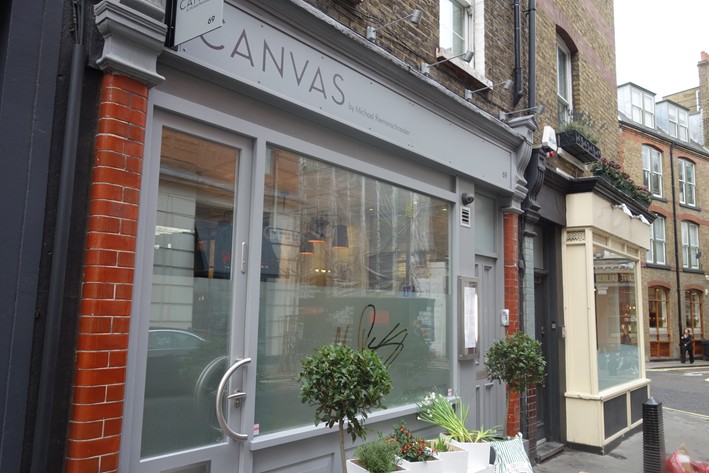
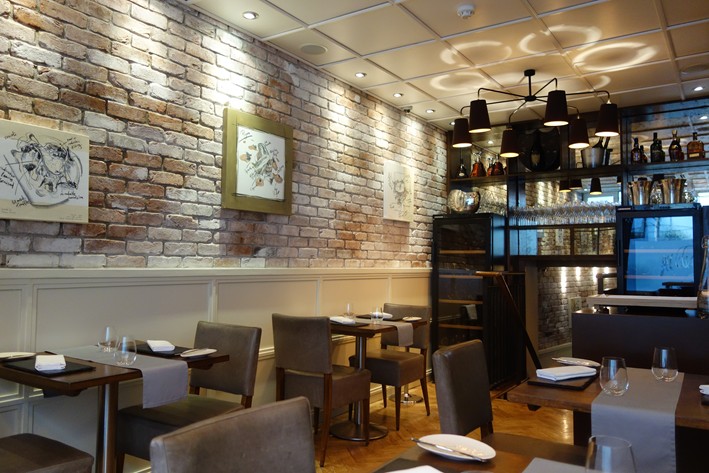

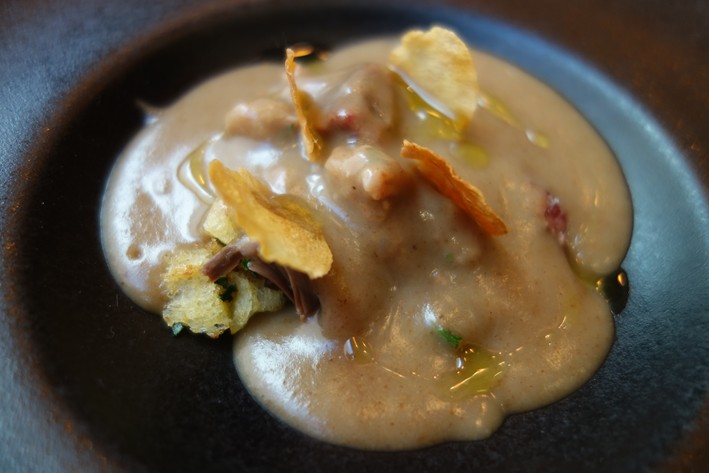
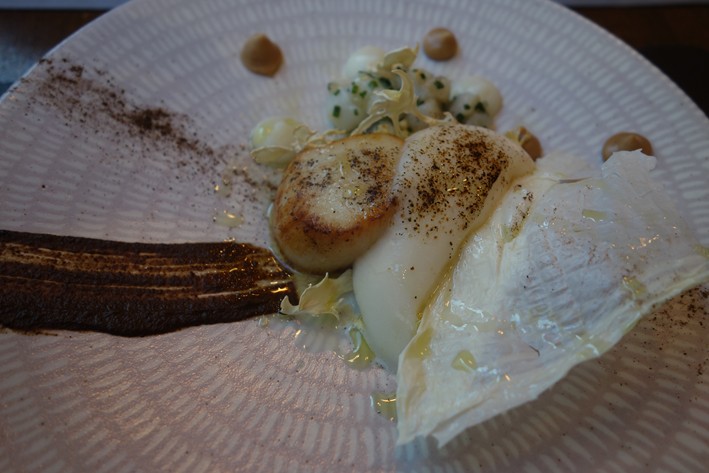
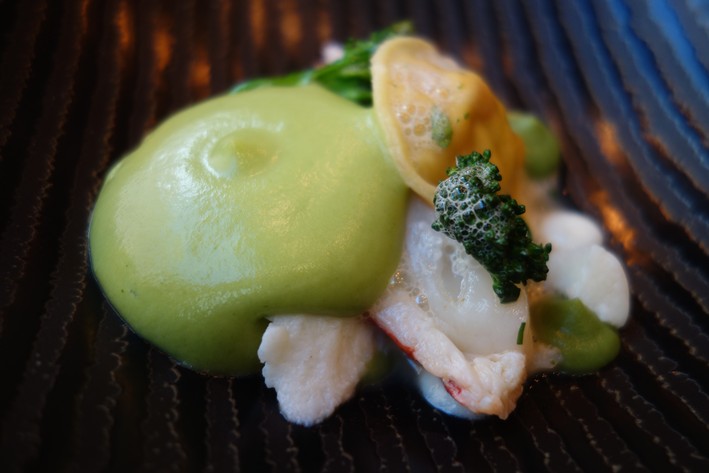
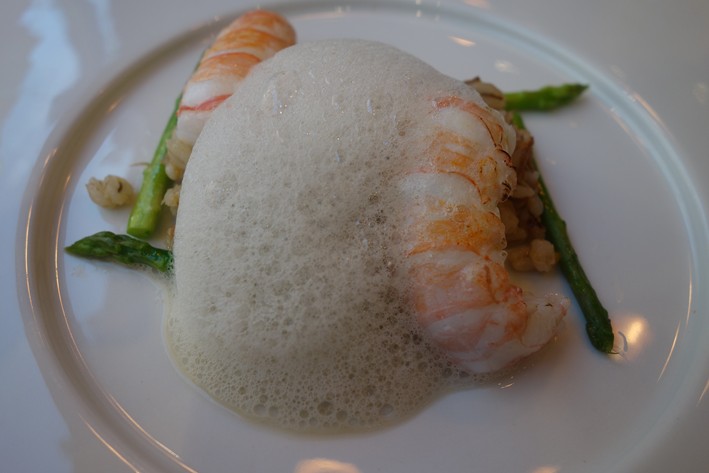
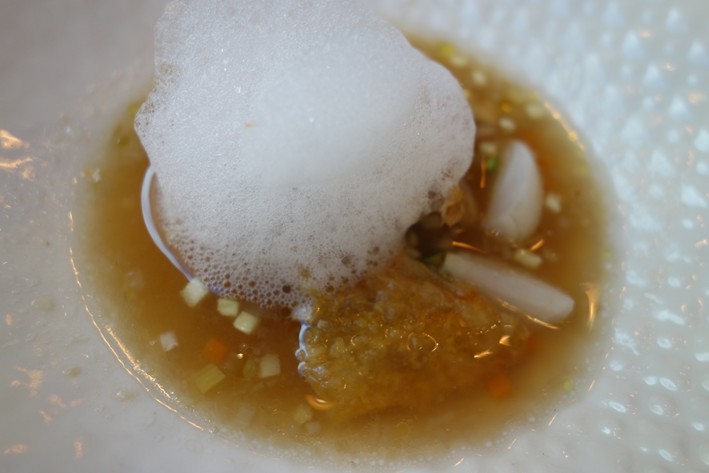
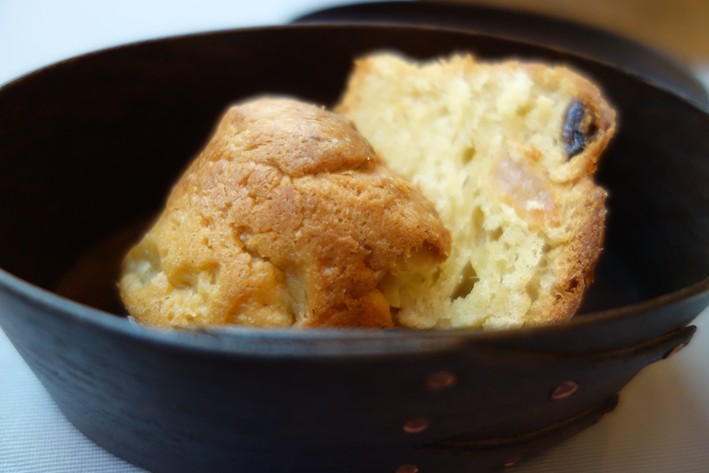
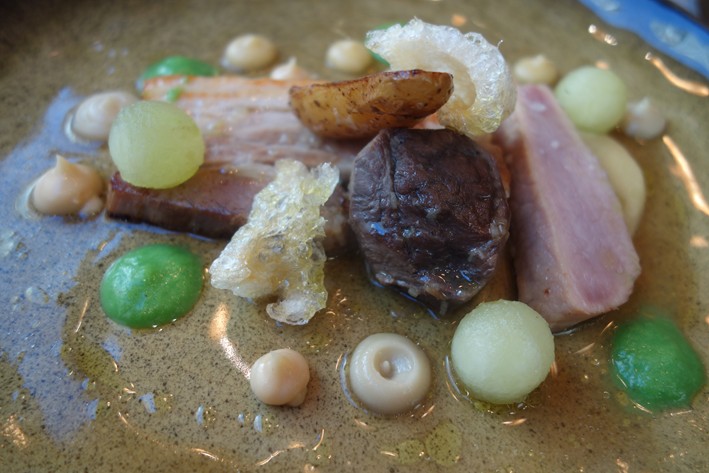
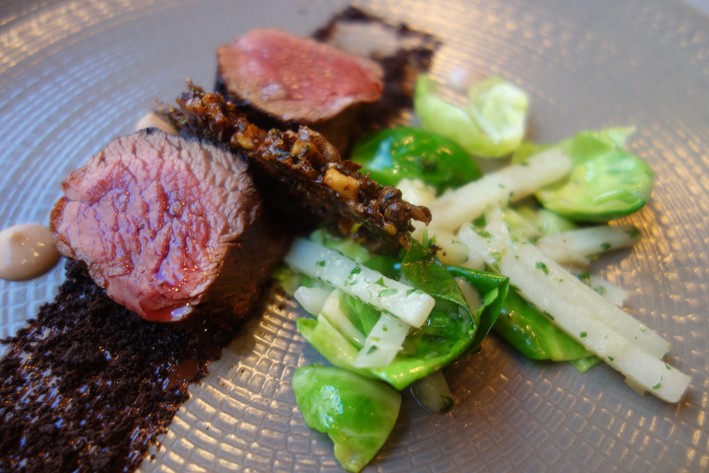
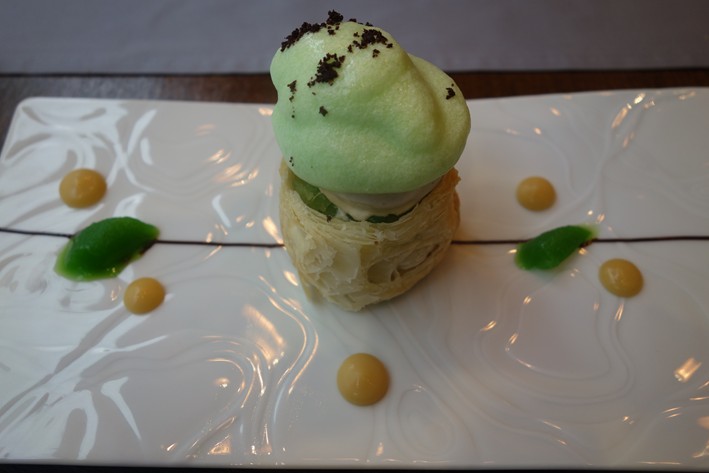
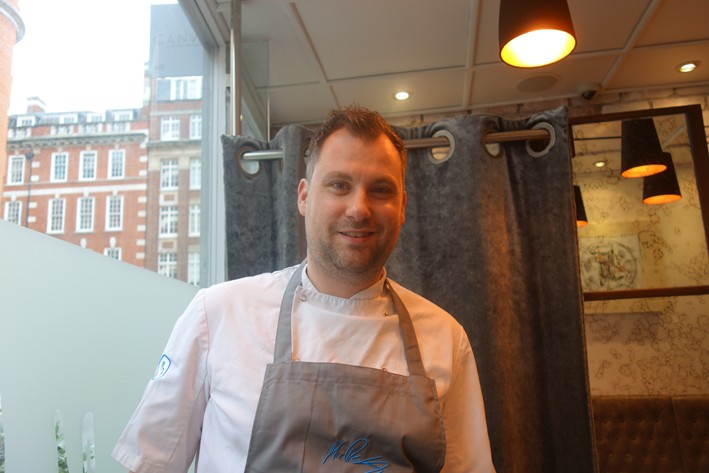

Add a comment
Thank you for submitting your comment, this will be checked and added to the website very soon.
User comments